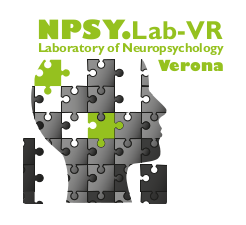Authors
Valentina Moro , Sahba Besharati , Michele Scandola , Sara Bertagnoli , Valeria Gobbetto , Sonia Ponzo , Cristina Bulgarelli Department of Rehabilitation, IRCSS Sacro Cuore- Don Calabria , Verona, Italy View further author information, Aikaterini Fotopoulou & Paul M. Jenkinson
Abstract
Introduction: Anosognosia for hemiplegia (AHP) is a condition in which patients with paralysis are unaware of their motor deficits. Research into AHP is important for improving its treatment and providing insight into the neurocognitive mechanism of motor awareness. Unfortunately, most studies use assessments with widely recognized limitations.
The study aims at developing a psychometrically validated assessment of AHP.
Method: We developed a 40-item Motor Unawareness Assessment (MUNA) and administered it to 131 right-hemisphere stroke patients. Principal Component Analysis (PCA) was used to identify the underlying factor structure. Receiver Operating Characteristics (ROC) analysis was used to determine diagnostic cutoffs, and Area Under the Curve (AUC) analysis used to assess these cutoffs. Relationships with demographic, clinical and neuropsychological variables were explored.
Results: Five factors were identified: explicit motor awareness, implicit motor awareness, impaired sense of ownership, agency and illusory movement, and emotional reactions. Established cutoffs had excellent sensitivity and specificity. Clinical, neuropsychological and demographic variables did not predict overall MUNA score but were related to specific subcomponents.
Conclusion: The MUNA can differentiate various facets of AHP and provides a detailed profile of (un)awareness. The MUNA can therefore provide robust assessment for research purposes and assist clinicians when developing targeted rehabilitation.
